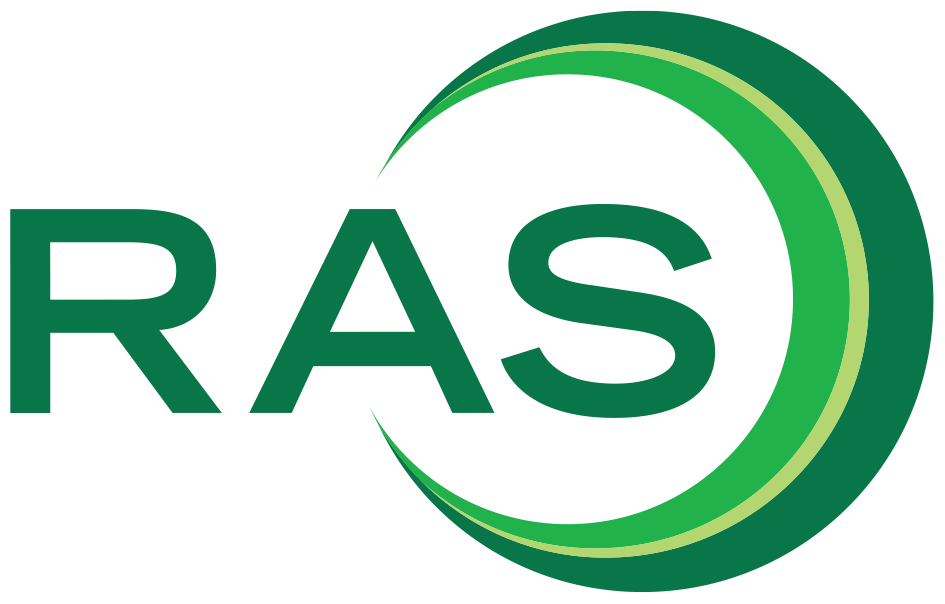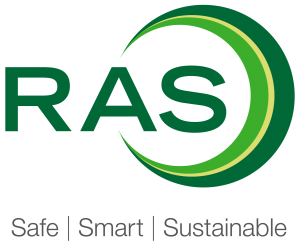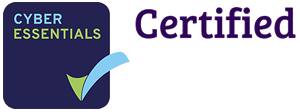As an employer, you’re required by law to protect your employees, and others, from harm.
This means that you are required to take the necessary steps to identify, assess and manage the risks posed by your organisation. But how do you go about that, especially if you operate in a high hazard industry or perhaps an area of new or emerging technology where you are faced with a blank sheet of paper?
We specialise in helping our clients understand and manage complex risk and our expertise lies in untangling difficult issues. Only once your hazards are properly understood, can they be managed.
We have expertise in a wide range of hazard identification techniques such as HAZID and HAZOP and are expert in consequence modelling and risk assessment methodologies from simple qualitative and semi-quantified risk assessment (e.g., LOPA), to full quantified risk assessment (QRA) for the demonstration of ‘ALARP’.
We are adept in preparing emergency response plans that detail environmental spill response and clean up information for external contractors, include fire protection and fire-fighting strategies, and consider firewater management amongst other important aspects.
We also provide training and help with the development of process safety management, all of which is tailored to suit your individual organisations’ needs.
Collaboration is key to our approach, and we work with you to produce clear outputs that can be fed into a pragmatic safety management system that works for you by using transparent techniques which focus on communicating complex information in a clear and accessible way.
Under The Control of Major Accident Hazards Regulations 2015 (COMAH) and The Dangerous Substances and Explosive Atmospheres Regulations 2002 (DSEAR), employers and operators are expected to take measures to prevent and mitigate the effects of major accidents involving dangerous substances on people and the environment. Whilst this mainly affects the chemical industry, it can also affect some storage activities, explosives sites, nuclear sites, and other industries where dangerous substances identified in the regulations are kept or used.
Since our formation in 1993, we have supported over seventy Upper and Lower Tier COMAH sites in the UK as well as several equivalent major accident sites internationally, in demonstrating legal compliance with industry regulations. This has involved working with well-known long-established sites and new site developments/expansions.



